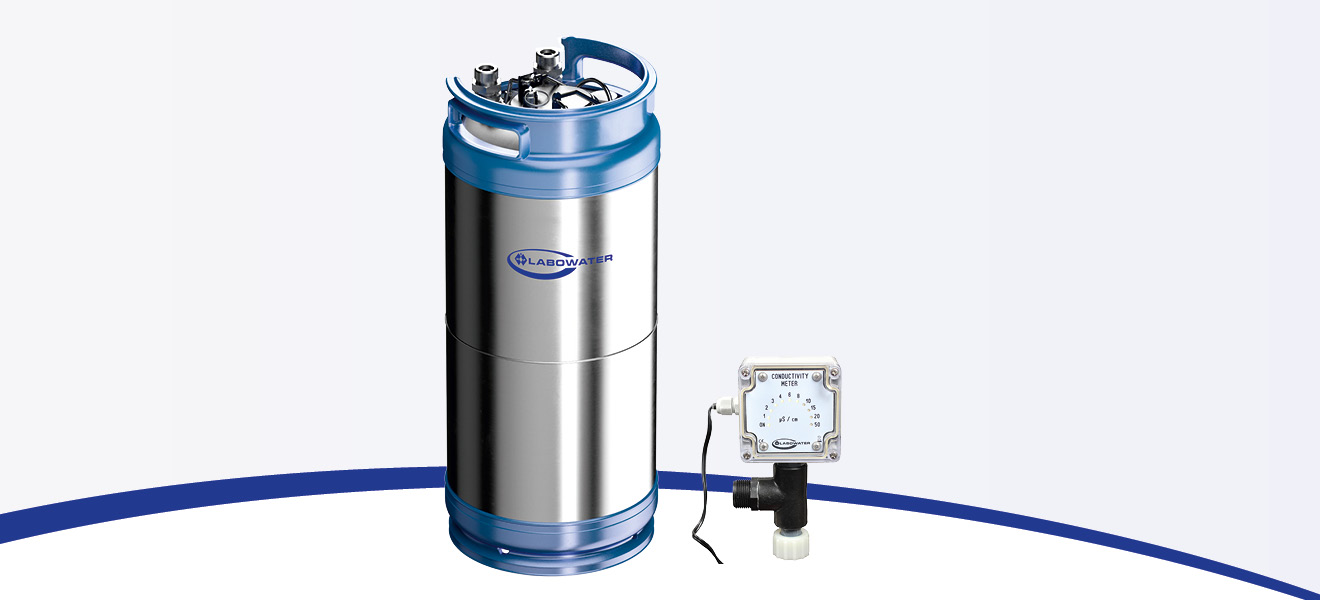Water treatment using ion exchangers: an overview of full and partial desalination processes
Conventional drinking water is unsuitable for many technical applications – ion exchange resins can be used to remove specific ions.
1. Fundamentals of ion exchange resins
Ion exchangers usually consist of polymeric resins with functional groups that are capable of exchanging dissolved ions in water for ions of the same charge from the resin. A distinction is made between cation exchangers, which exchange positively charged ions (e.g. Ca²⁺, Mg²⁺, Na⁺), and anion exchangers, which remove negatively charged ions (e.g. Cl⁻, NO₃⁻, SO₄²⁻). The exchange capacity depends on the type of resin, the water composition and the operating procedure. The exchange capacity depends on the type of resin, the water composition and the operating procedure.
2. Full desalination
In full demineralisation, all dissolved salts are removed from the water. This is achieved through the combined use of strongly acidic cation exchangers in H⁺ form and strongly basic anion exchangers in OH⁻ form. The ions are replaced by hydrogen and hydroxide ions, resulting in pure water.
Full desalination plants are used in the pharmaceutical industry, for boiler feed water and in electronics manufacturing. Regeneration requires separate chemical storage facilities (for acid and lye) and appropriate safety precautions.
3. Softening
Softening aims to remove hardness-causing substances such as calcium and magnesium in order to prevent limescale deposits in pipes, heating systems or machines. It is particularly common in households, catering establishments and process water systems.
4. Nitrate removal
Nitrate contamination in drinking water is often caused by agricultural fertilisation. Anion exchangers can be used to specifically reduce the nitrate content . This technology is used in municipal waterworks and domestic systems.
5. Decarbonisation
During decarbonisation, temporary hardness (hydrogen carbonates) is converted into free carbonic acid, which is then removed. This is done using weakly acidic cation exchangers in H⁺ form, regenerated with hydrochloric acid. The process is used in catering and steam generators, among other things.
6. Mixed bed cartridges
Mixed bed cartridges combine cation and anion exchangers in one container, enabling the simple production of ultrapure water. They are often used in laboratories, in aquariums and for conductivity reduction after reverse osmosis. Regeneration is carried out by the manufacturer or supplier.
7. Conclusion
Ion exchange resins are a key technology in water treatment. They enable the water quality to be precisely adjusted to the requirements of a wide range of applications – from simple softening to the production of ultrapure water. However, selecting the right resin, regeneration agents and plant technology requires expertise and careful planning.
 DE
DE  EN
EN 
